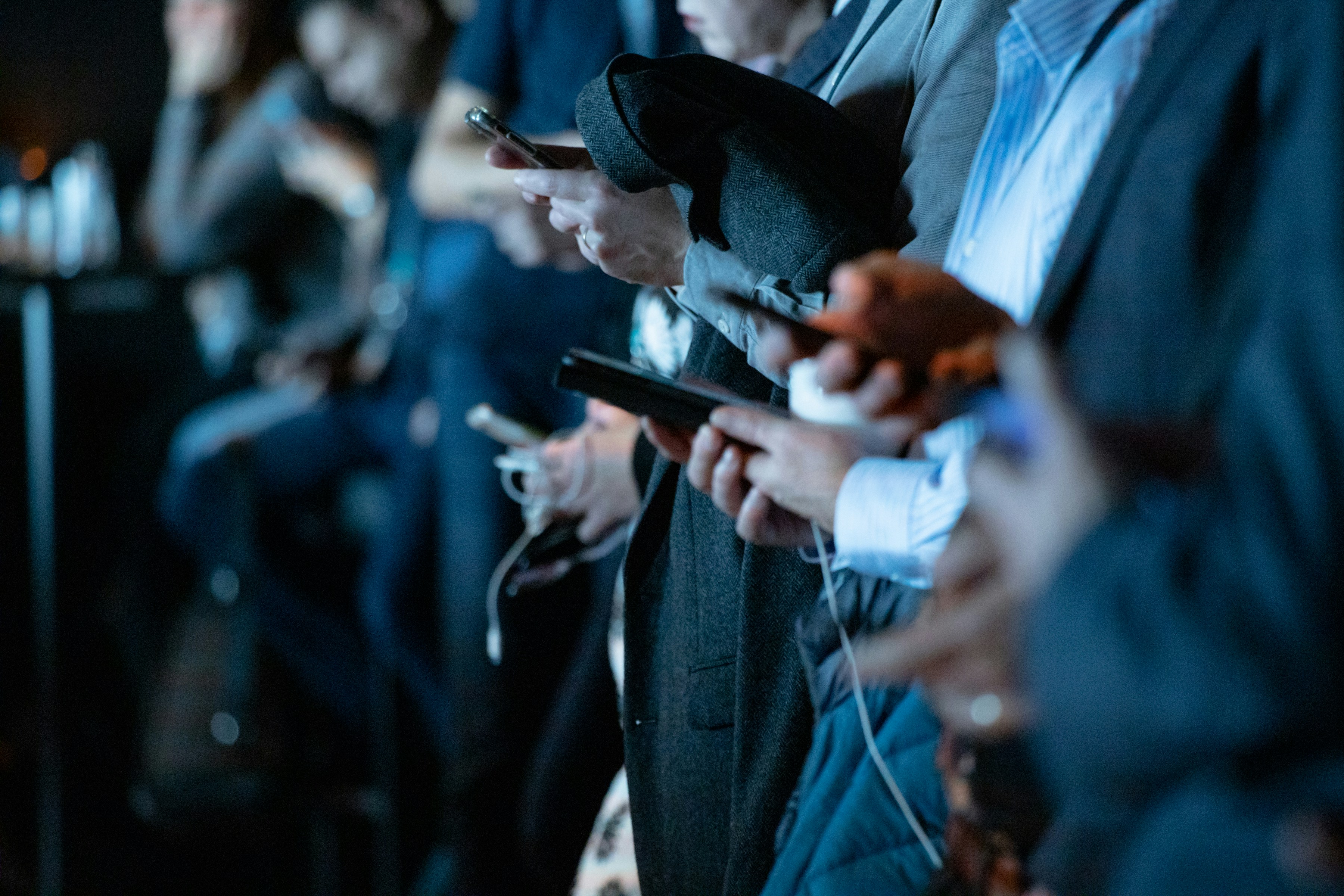The Crucial Role of Social Media in Hurricane Preparedness and Response
In recent years, the growing role of social media in hurricane preparedness and response has become increasingly evident. As communities face the unpredictable and potentially devastating impacts of hurricanes, platforms like Facebook, Twitter, and Instagram offer invaluable tools for communication, coordination, and support. This blog post delves into how social media is changing the landscape of hurricane management, aiding in more effective communication and faster responses.
Connecting Communities Before the Storm
Social media serves as a crucial communication tool even before a hurricane hits. Local governments and emergency management agencies use platforms to disseminate information about hurricane forecasts, evacuation routes, and emergency supplies. By reaching a broader audience quickly, these agencies can ensure more residents are prepared in advance. This proactive use of social media not only informs but also empowers communities to take necessary precautions, reducing panic and potential chaos.
To stay informed about impending hurricanes and learn more about preparedness strategies, residents can follow state and federal agencies like Ready.gov, where they provide comprehensive guidance on hurricane preparedness.
Real-Time Updates During the Hurricane
When a hurricane makes landfall, conditions can change rapidly, making real-time updates crucial for safety. Social media shines in this regard, providing a platform for instant communication. Users can receive immediate updates about the storm’s progression, road conditions, and emergency services. This instant information sharing helps residents make informed decisions, such as whether to evacuate or how to navigate to safety.
Moreover, hashtags such as #HurricaneWatch and geolocation features allow people to track developments specific to their area. This targeted information can be lifesaving, especially for those in high-risk zones.
Mobilizing Relief Efforts and Volunteer Coordination
In the aftermath of a hurricane, social media plays a vital role in mobilizing relief efforts and coordinating volunteers. It serves as a platform for nonprofits, like HelpNow, to communicate urgent needs and solicit donations. Platforms like Facebook have integrated features to allow for quick fundraising and the creation of volunteer events.
If you’re interested in joining relief efforts, HelpNow offers a dedicated page for volunteer opportunities during hurricane season. By leveraging these tools, organizations can maximize their reach and effectiveness, bringing much-needed aid to affected areas swiftly.
Promoting Community Resilience
Social media is not just a tool for immediate response; it also helps promote long-term community resilience. Platforms are used to share educational resources, success stories, and initiatives aimed at improving disaster preparedness. Community groups can network, share resources, and provide support, fostering a sense of unity and resilience.
Public engagement through social media can lead to more robust community action plans and heightened awareness of safety protocols. By encouraging dialogue and participation, social media platforms help build a community’s ability to withstand and recover from hurricanes.
Challenges and Considerations
Despite its benefits, the reliance on social media during hurricane events also presents challenges. The spread of misinformation is a significant concern. It’s essential for users to verify information through credible sources and rely on official channels for critical updates.
Furthermore, while social media is an effective tool for many, those without access to the internet or smart devices might be left out. Efforts should be made to ensure that all community members receive vital information, whether through traditional means or digital platforms.
Conclusion: The Future of Disaster Management
As technology advances, the role of social media in hurricane preparedness and response will likely grow even more. Integrating these platforms into disaster management strategies enhances communication, coordination, and community engagement. By harnessing the power of social media, communities can improve their resilience, ensuring that everyone, from individuals to entire neighborhoods, is better prepared for the challenges posed by hurricanes.
For more insights and resources on disaster preparedness, visit the HelpNow blog and discover how to stay informed and engaged in your community’s safety initiatives.

